It is not surprising that millions of history-loving tourists visit Europe each year given that it is home to some of the most significant historical monuments in the entire world. The earliest records of European history date to 20,000 BC and some of the continent’s oldest cities are still populated today. These are the oldest cities in Europe, some of which you are undoubtedly already familiar with, some of which may surprise you, and others of which you may not even be aware.
Argos, Greece – 5,000 BC
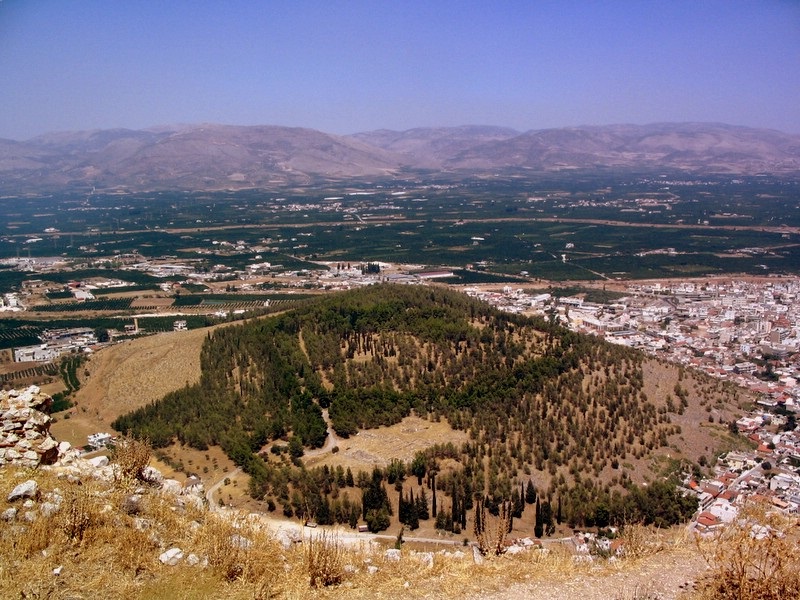
Argos is the oldest continuously inhabited city in Europe, as we highlighted in our article on the oldest cities in the globe. For the previous few hundred years, the settlement has alternated between being a town and a village, but the first signs of civilization date to around 5,000 B.C.
The village was constructed on two sizable hills by the people who lived in this region, according to archaeologists. Argos was a significant city throughout history, but I can’t help but feel that over time, people stopped hearing about it.
The city’s neutrality was likely a major factor in its long-term survival. It didn’t even take part in the Greco-Persian Wars and never chose sides when the other major Greek cities were at war.
The Larissa Castle, one of the oldest in Europe, the old town hall, and scores of other ancient structures that are still in surprisingly good condition make up some of the town’s most popular attractions today.
Athens, Greece – 5,000 BC
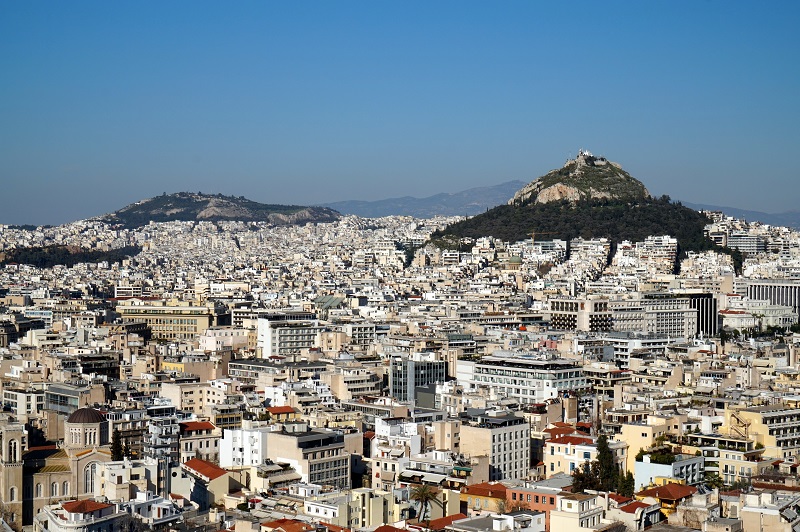
Athens is the second-oldest city in Europe, with the earliest historical records dating to the middle of the third millennium B.C. But Athens’ earliest settlements began 2,000 years earlier, and there are signs of organized human activity as far back as 11,000 BC.
The Acropolis rock served as the foundation for the first colony in what would eventually become the Greek civilization’s capital. The polis was established by King Theseus and given the name Athena in honour of the Greek goddess of wisdom.
The city saw exponential growth over time and maintained its position as a significant regional hub. Today, Athens is a thriving metropolis with about 700,000 residents and countless significant historical sites.
Plovdiv, Bulgaria- 4,000 BC
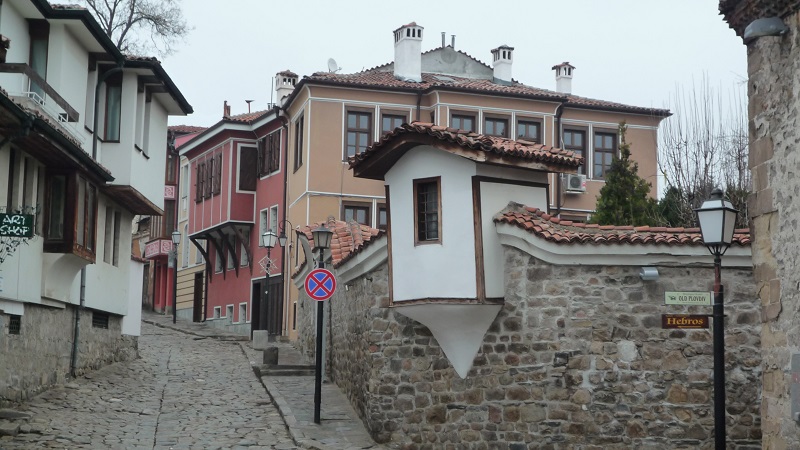
The age of Plovdiv is a subject of numerous disputable ideas. With a history spanning more than eight millennia, Plovdiv is considered by many Bulgarians to be the oldest city in Europe.
Although there were gaps and numerous civilizations left their marks on the city, it is almost probable that Plovdiv has been continually inhabited from at least 4,000 BC. Nebet Tepe’s hills are where Plovdiv was initially fortified during the Iron Age by the ancient Thracians.
The city underwent three major expansions: under King Evmolp (who changed the name to Evmolpia), under King Philip II (the father of Alexander the Great), who changed the name to Philippolis, and under Philip the Arab (who, as you might have guessed, changed the name to Pulpudeva, which means Philip’s city in Latin).
Plovdiv is most likely only a Slavic variation of the city’s previous name, which it had before the Slavic immigration to the Balkans. Plovdiv, the second-largest city in Bulgaria today, was just named the 2019 cultural capital of Europe.
Larisa, Greece- 4,000 BC

Larisa, one of the oldest cities in Europe, is a significant historical city in the Thessaly region of Greece. Larisa’s region has been continuously inhabited for at least 6,000 years, although historical sources suggest that organized life may have existed there as early as the sixth millennium BC.
If this is accurate, Larisa would be even older than Athens. Greek mythology claims that Larisa was the birthplace of Achilles and the location where Hippocrates, the founder of medicine, spent his final days.
Larisa is now the fifth-largest city in Greece, a significant cultural and commercial centre, and many of its historic structures and sites have been maintained, making it a must-see for all history buffs visiting Greece.
Genoa, Italy- 4,000 BC
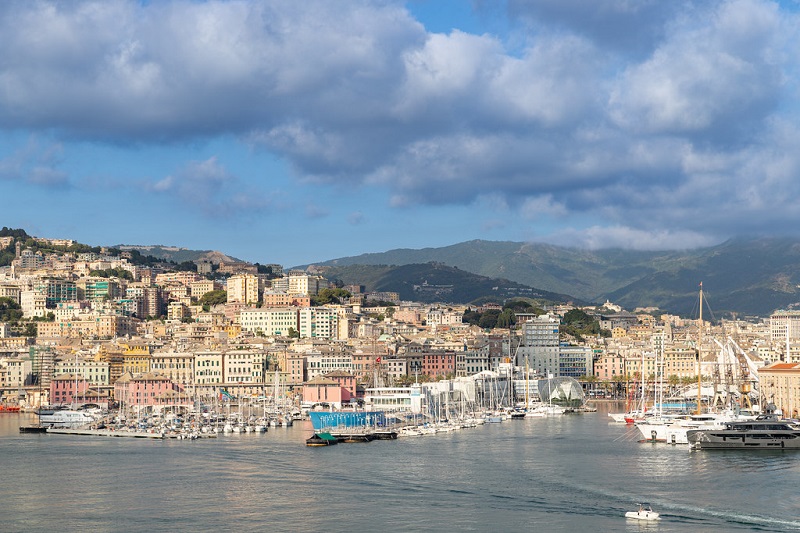
The majority of people believe that Rome is the oldest city in Italy; however, this list will disprove that notion. Genoa is an Italian city that has been inhabited continuously longest.
The earliest signs of civilized life in the region that is now Genoa date back to 4 (or, following some historical texts, 5 millennia BC). Ancient Ligures were the original settlers in the area; they gave Genoa its name and established its first borders.
Genoa has traditionally been a significant port city, as well as a significant centre for trade and culture. The city was one of the most developed in the western hemisphere by the 17th century when it was made the capital of the Mediaeval Republic of Genoa in the 11th century.
Even now, Genoa remains one of Italy’s most stunning, significant, and essential ports.
Chania, Greece – 1,700 BC
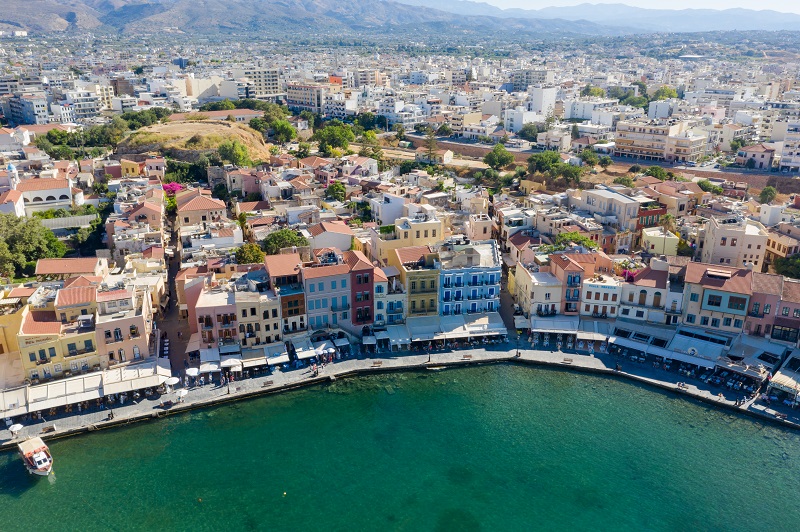
Chania, the oldest continuously inhabited city on the island of Crete and one of the oldest cities in Europe was first settled approximately 1,700 BC. The city was built during the Minoan Period, and it lasted for centuries as a city-state.
Around 1,100 BC, the Dorian Greeks arrived as the city’s first foreign settlers. Since then, numerous other civilizations have come and gone, including the Romans, the Byzantines, the Arabs, the Venetians, and the Ottomans.
All of this gave the city a distinctive look befitting of a place that for ages served as a crossroads of cultures. Chania, a lovely coastal town with 110,000 residents, is one of Crete’s major cultural, commercial, and economic centres today.
Thebes, Greece- 1,500 BC

Thebes was undoubtedly the most significant Greek polis after Athens and Sparta. A low hill that split the surrounding plains was where the city was built. Thebes was a significant rival of ancient Athens and the main city in the ancient Boeotian area.
Thebes was one of the earliest Mycenean villages and one of the most significant cities in the area throughout the Bronze Age, according to archaeological digs.
It appears that Thebes’ heyday has long since passed. Although Thebes barely has 20,000 residents and only a small number of its old structures remain, there are still a few intriguing museums and landmarks that are well worth seeing.
Larnaca, Cyprus- 1,300 BC
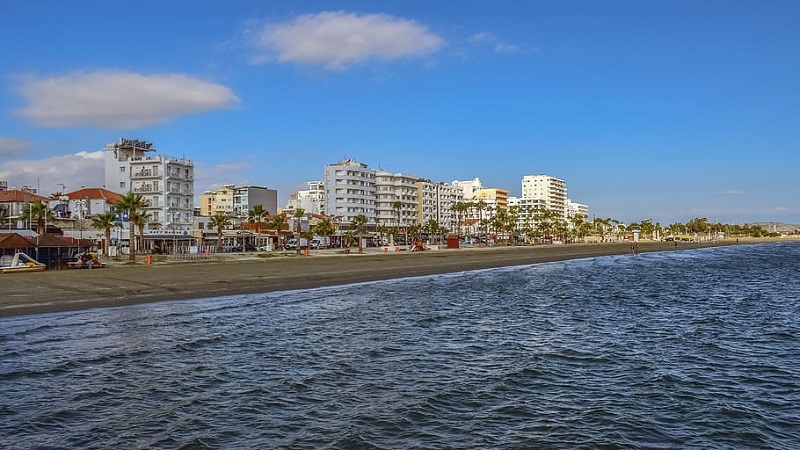
The Mycenaeans established Larnaca, a coastal city in the southeast of Cyprus, in the 13th century BC. The city was then referred to as the Kition city-kingdom. The Achaeans and Phoenicians established their colony on the island about the 10th century BC, making them the first foreigners to settle in Kition.
The city has also been a part of the Egyptian and Assyrian empires over the years. The Phoenicians initially restored and extended Larnaca, followed by the Byzantines (a few hundred years later).
Although there aren’t many ancient landmarks left, Larnaca is still one of the oldest cities in Europe. The city was devastated by devastating earthquakes in 322 and 344, which destroyed the majority of the city.
Lisbon, Portugal- 1,200 BC
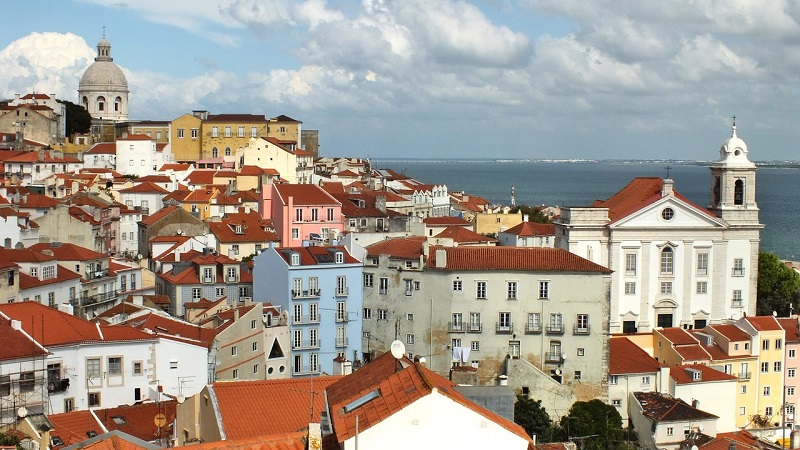
Many people are unaware of the fact that Rome is 400 years younger than Lisbon. When the Phoenicians first inhabited Portugal’s capital city approximately 1,200 BC, it developed its first town-like settlement.
The settlement known as Ulissipo was later taken over by the Greeks and then the Carthaginians, who ultimately lost control of the city to the Romans.
The city was taken over by Germanic tribes in the ensuing years and later became a member of the Moorish Kingdom after temporarily being a part of the Suebi Kingdom.
Lisbon developed into a sizable port city during the Middle Ages, serving as the epicentre of Portugal’s mediaeval maritime empire. Over the years, the city continued to develop and thrive; now, it is the capital of Portugal and one of the most popular tourist destinations in Europe.
Chalcis, Greece- 1,200 BC
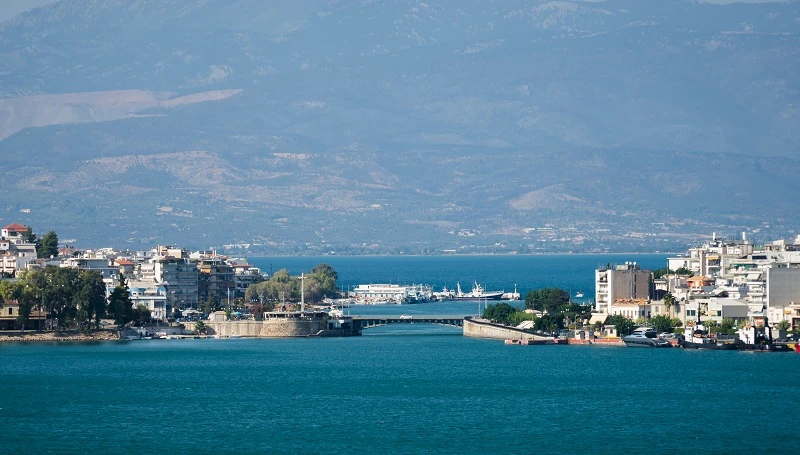
One of the oldest cities in Europe is the little settlement of Challis, which is situated on the island of Euboea in Central Greece at the narrowest part of the Euripus Canal. Chalcis is first referenced in Homer’s Iliad, where it is described as a rival of the nearby polis of Eretria.
The city probably had a Greco-Jewish presence since antiquity, making it quite possible that this was the oldest Jewish community in all of Europe.
More than 120,000 people live in Chalcis, one of the most significant historical cities in the area today. Chalcis has a lot to offer history buffs, including many well-preserved mediaeval structures across the city.
Padua, Italy- 1,183 BC
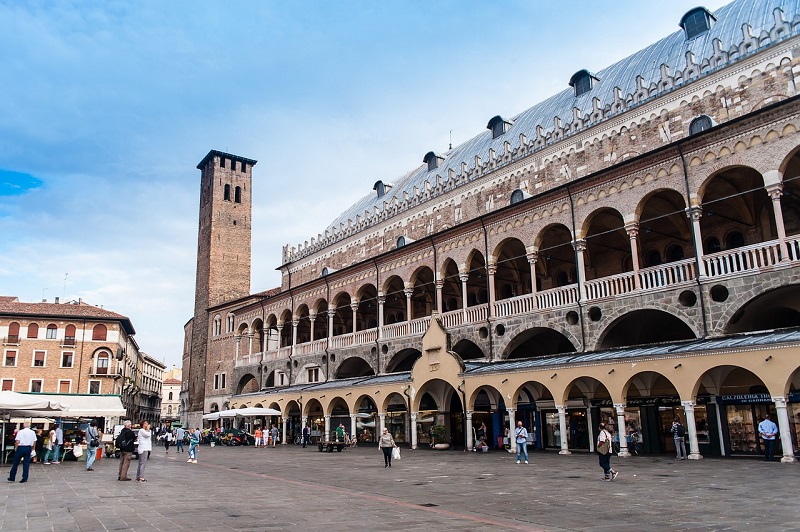
Padua is a true jewel of a city in Northern Italy that many travellers are unaware of, and even fewer are aware that the city was built before Rome.
After Troy was destroyed, the city was established in 1183 BC by the Trojan ruler Antenor. One of the main Veneti cities, Padua stretched to the banks of the Brenta River by the fifth century BC.
With the Roman conquests, Padua finally became a part of the Roman Republic and was given the status of a Roman municipium.
By the end of the first century BC, Padua was one of the richest cities on the Apennine Peninsula aside from Rome and was well-known for its superior breed of horses and the wool of its sheep.
For tourists interested in history, Padua, a contemporary, developed city in northern Italy, is one of the most fascinating places to visit.
Patras, Greece- 1,100 BC
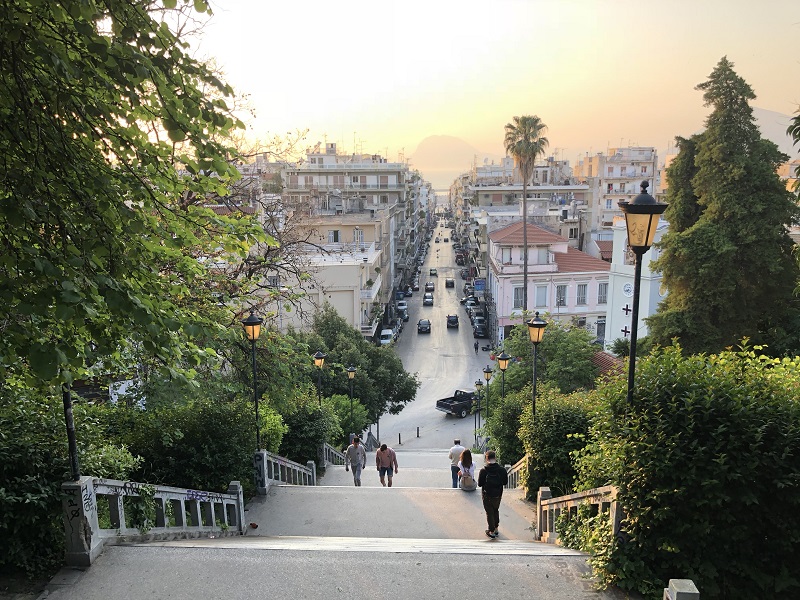
Although the first signs of human habitation in the area that is now Patras stretch back three millennia, there is no doubt that the city has been continuously inhabited since 1,100 BC, making Patras one of the oldest cities in Europe. Three Mycenaean villages in the Aroi region were merged to form the city.
The Dorians eventually colonized the city, which the Romans afterwards took control of. Up until the fall of Constantinople, Patras was one of the most significant cities in the Byzantine Empire during the Middle Ages.
Following this, Patras became a member of the Achaean principality and was briefly governed by the Venetians before being conquered by the Ottomans. Patras is the third-largest city in Greece today, boasting more than 160,000 inhabitants and several historic landmarks.
Chios, Greece- 1,100 BC
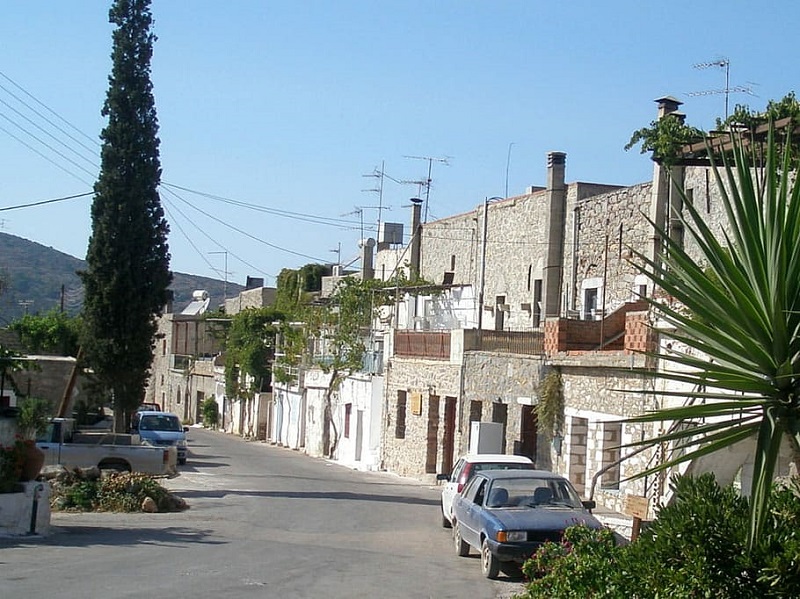
The capital of the North Aegean island of Chios is the town of Chios. The town was initially built over the remains of an old hamlet. It never developed into a large city over the years, but because of its geographic location, it didn’t experience as many conquests as some of the other ancient cities in Europe.
The majority of Chios’ ancient legacy was destroyed by a terrible earthquake that struck the town in 1881. Following this, the town was rebuilt in a neoclassical style, which altered the city’s appearance and diminished part of its authenticity.
Mtskheta, Georgia- 1,000 BC
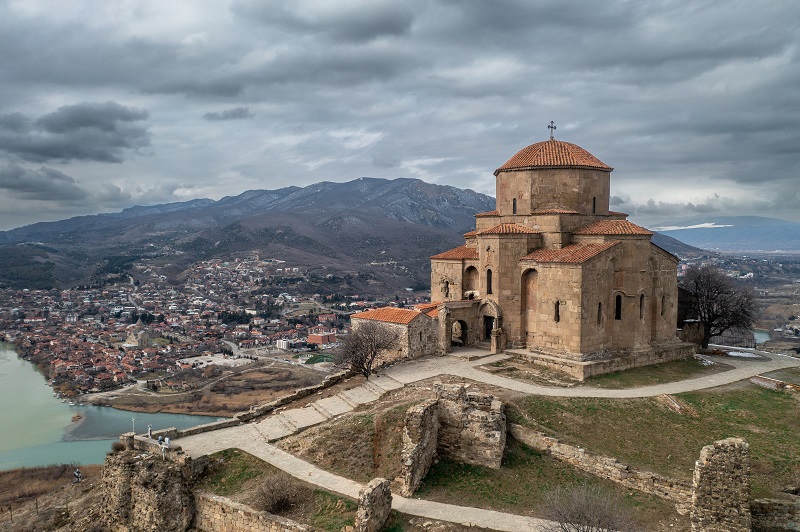
Mtskheta is without a doubt Georgia’s most significant historic city. Although there are signs of human existence extending back 4,000 years, the first signs of organised city life first appear around 1,000 BC.
Mtskhetos, the son of Kartlos, the Georgians’ eponymous ancestor, created the city as we know it today. The early Georgian kingdom of Iberia had Mtshketa as its capital for several years.
The city was eventually one of Georgia’s most significant Christian centres and played a significant part in Georgia’s Christianization after being conquered by Alexander the Great and the Persians over the years.
Up until the 19th century, the city also served as the final resting place for all Georgian rulers. The Georgian government declared the city a holy city in 2014, and it is now a protected UNESCO Heritage Site.
Conclusion
Many European towns have been inhabited for many, many centuries, and their histories have been well studied and recorded. This feature is shared by all of the oldest cities in Europe, which have played important roles as economic, political and cultural hubs at various times.
These cities are home to historical sites and artefacts left behind by their former rulers, making them some of the most popular tourist destinations in the entire globe.
